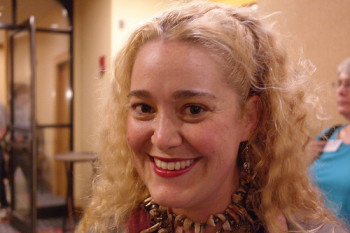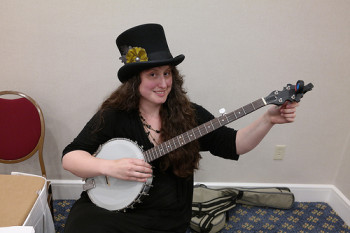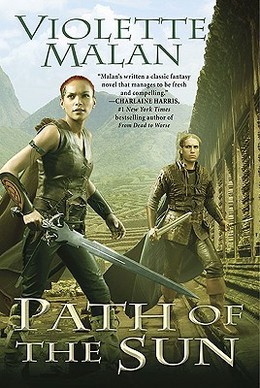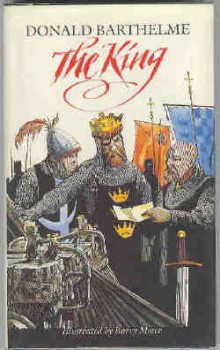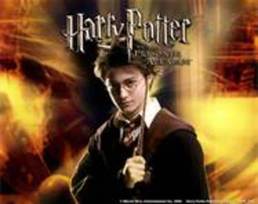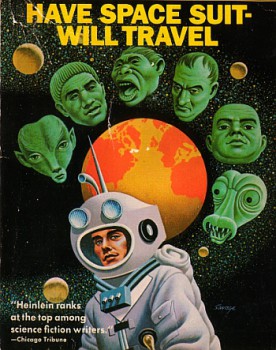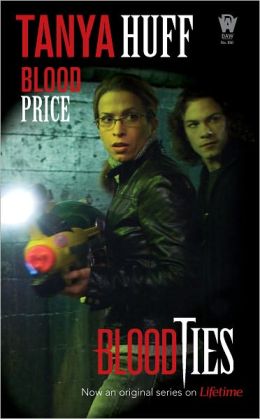Mysteriouser, and Mysteriouser
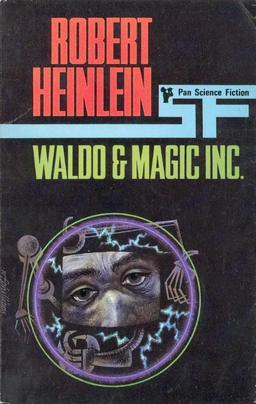 The idea of genre in literature is relatively recent, if you take as your time span the history of the written word. Why, I remember a time when there were only two genres, Poetry and Prose. Or, as we call them nowadays, Fiction and Non-fiction. Things have gotten more complicated since Sir Philip Sydney wrote “A Defense of Poetry,” however, as I’m sure a glance over any of our own bookshelves would tell us.
The idea of genre in literature is relatively recent, if you take as your time span the history of the written word. Why, I remember a time when there were only two genres, Poetry and Prose. Or, as we call them nowadays, Fiction and Non-fiction. Things have gotten more complicated since Sir Philip Sydney wrote “A Defense of Poetry,” however, as I’m sure a glance over any of our own bookshelves would tell us.
Last week, in discussing my serial-killer fantasy, Path of the Sun, I started talking about cross-genre writing. I was writing a high fantasy crime novel, but most examples of the crime/fantasy cross are urban fantasies, set in an alternate reality.
The first of these to cross my path was Robert Heinlein’s “Magic Inc” (1940). Technically, it’s an amateur sleuth mystery – the main character isn’t a professional detective of any kind – Archie Fraser lives in a world where magic is a routine service you rent or purchase, like the expertise of a plumber or a musician. When he’s threatened by the equivalent of the mob, asking him to pay “insurance” for his business and threatening him with magical reprisals, he finds an unusual ally in the shape of a very powerful, and very old, witch.
In 1987/88, Glen Cook published the three novels that make up the Garrett Files: Sweet Silver Blues, Bitter Gold Hearts, and Cold Copper Tears. (Fans of John D. MacDonald’s Travis McGee books will recognize MacDonald’s method of keeping his books straight by using a different colour in each title.)
Cook’s Garrett is a human private investigator with supernatural allies, but he sets the stage for the more recent Dresden Files, now in, I think, its fourteenth or fifteen volume. Jim Butcher’s Harry Dresden is himself a magician, part Sam Spade and part Merlin, living in an alternate version of Chicago.
